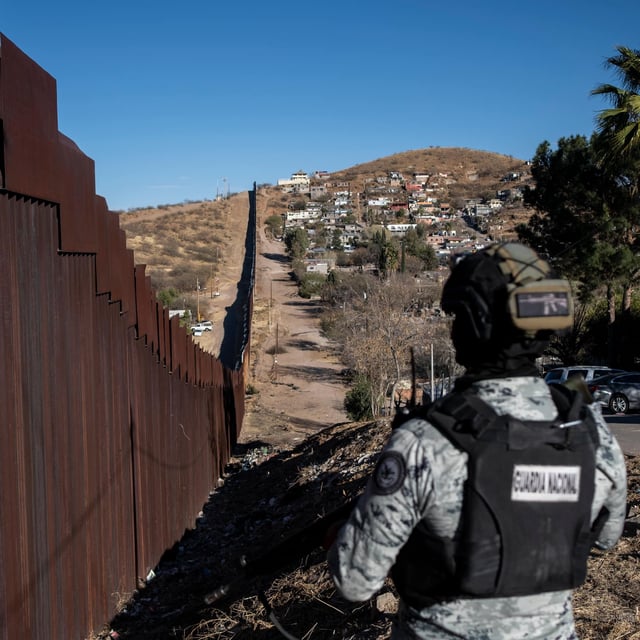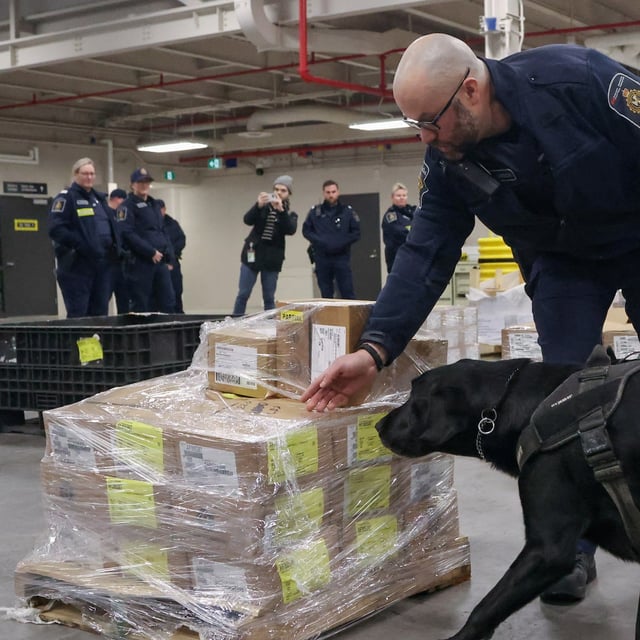Overview
- Mexican President Claudia Sheinbaum sent 10,000 troops to the U.S. border in early February to address fentanyl trafficking, doubling the military presence in response to tariff threats from President Donald Trump.
- The operation has resulted in limited fentanyl seizures, with Mexican troops confiscating only 120 pounds of powder and 51,000 pills, compared to much larger quantities seized by U.S. officials.
- Experts highlight structural issues, such as corruption, lack of intelligence, and underfunded security systems, as significant obstacles to Mexico's anti-fentanyl efforts.
- Most fentanyl entering the U.S. is smuggled through official ports of entry, with Arizona identified as the primary entry point controlled by the Sinaloa cartel.
- Critics question the sustainability of Mexico's border operation and emphasize the need for coordinated intelligence-sharing and broader strategies to address the fentanyl crisis.



